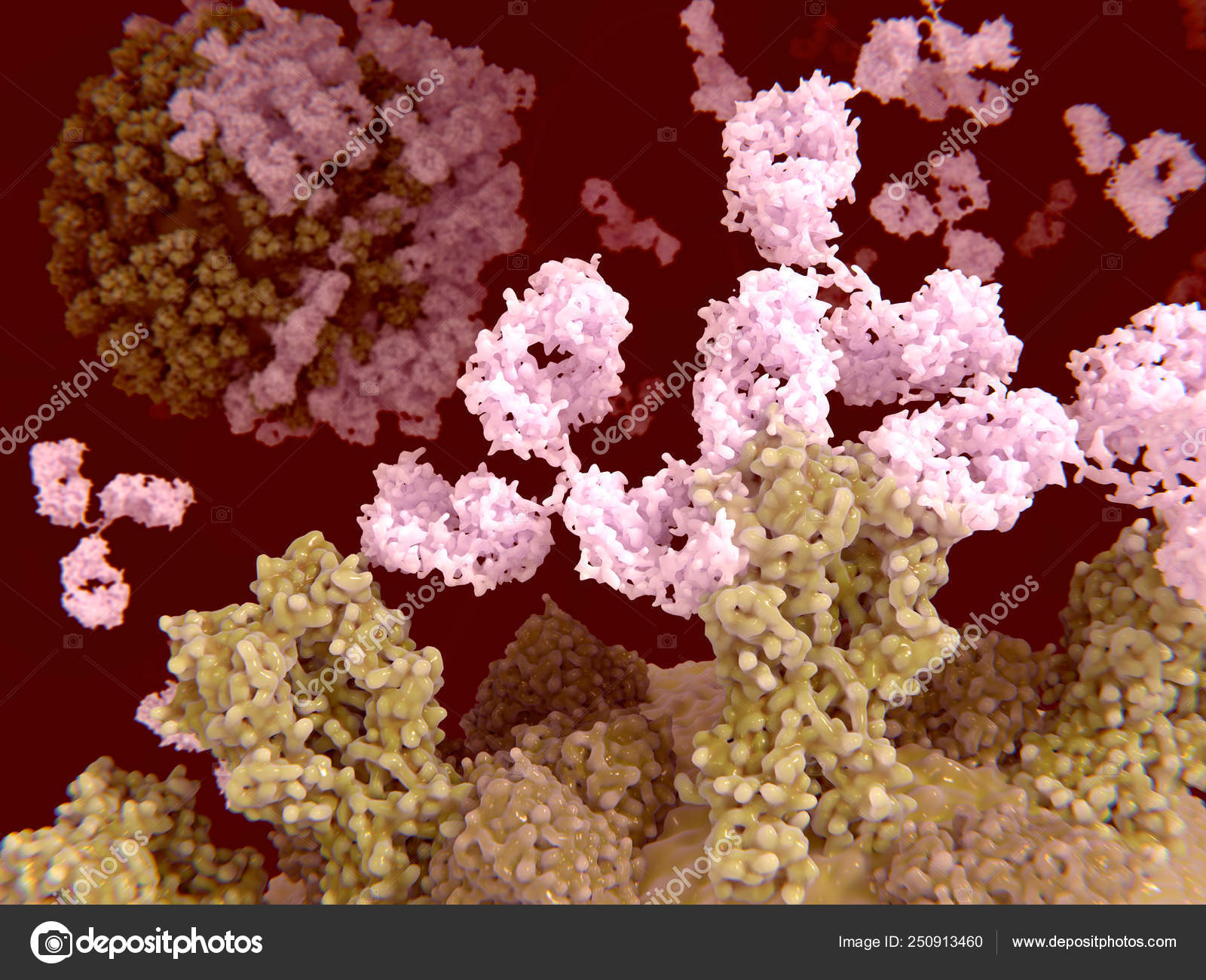Antibodies binding to the influenza virus surface. Illustration — Photo
L
2000 × 1500JPG6.67 × 5.00" • 300 dpiStandard License
XL
8000 × 6000JPG26.67 × 20.00" • 300 dpiStandard License
super
16000 × 12000JPG53.33 × 40.00" • 300 dpiStandard License
EL
8000 × 6000JPG26.67 × 20.00" • 300 dpiExtended License
Antibodies binding to the influenza virus surface. Illustration
— Photo by animaxx3d- Authoranimaxx3d

- 250913460
- Find Similar Images
- 4.7
Stock Image Keywords:
- Neuraminidase
- russian
- flu
- immunity
- pathogenic
- spanish
- coughing
- specific
- Antibody
- antigen
- antibodies
- viral
- disease
- defense
- headache
- swine
- protein
- binding
- system
- vaccination
- surface
- response
- bronchitis
- epitope
- infection
- virus
- epidemic
- illustration
- immune
- humoral
- human
- illness
- immunoglobulin
- immunization
- agent
- fever
- weakness
- vaccine
- pneumonia
- blood
- avian
- influenza
- rna
Same Series:
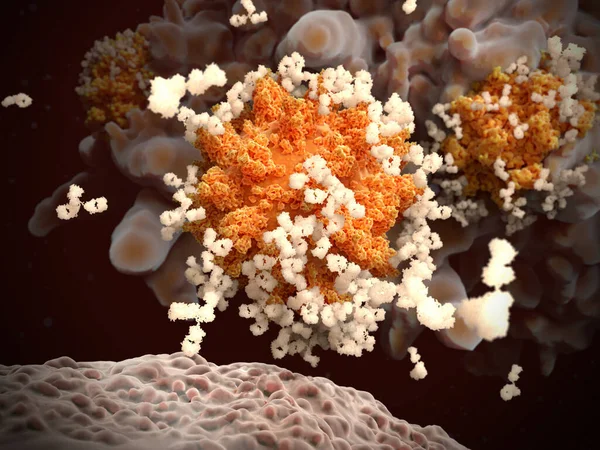
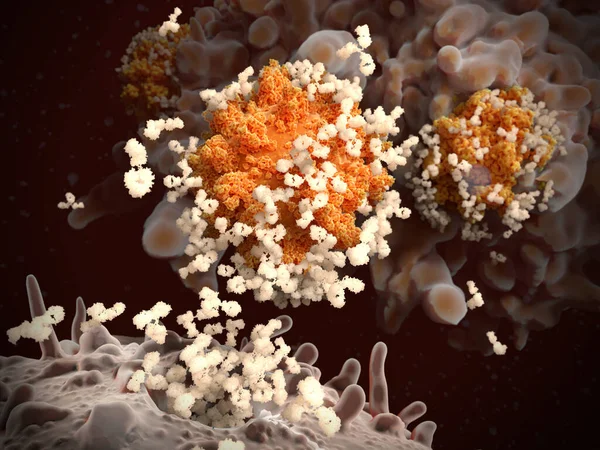
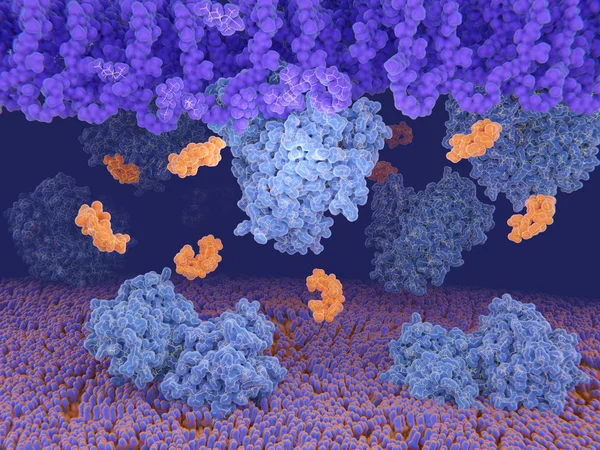
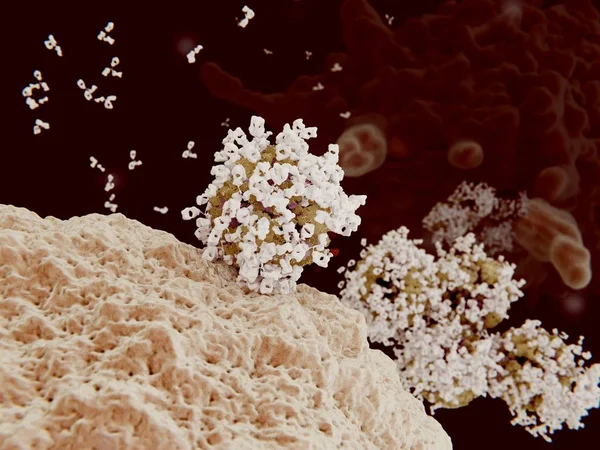
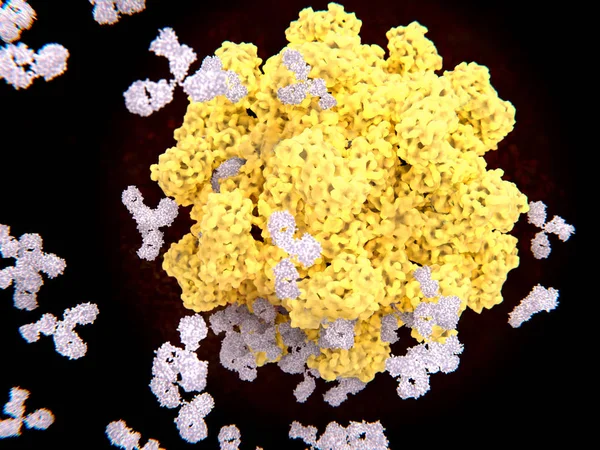
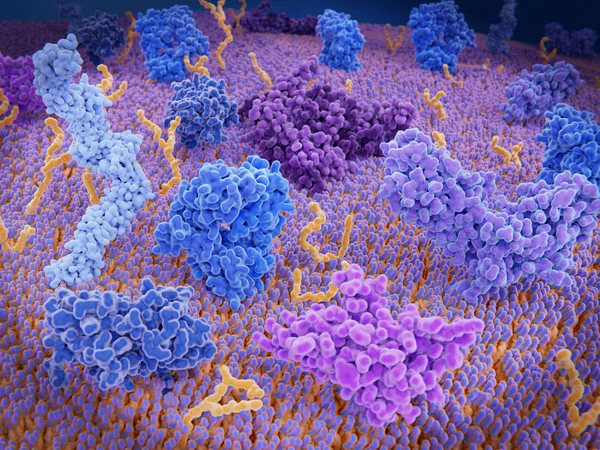
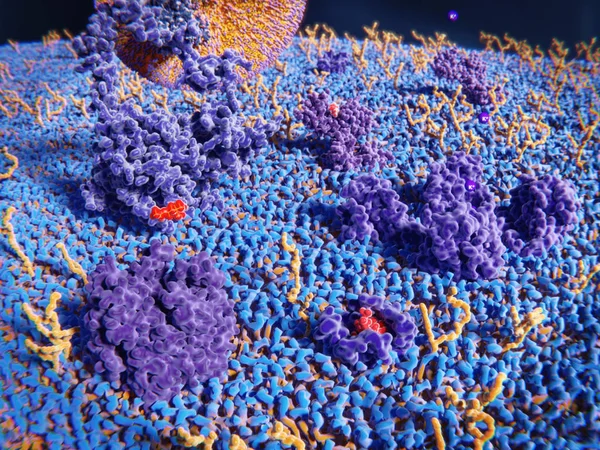
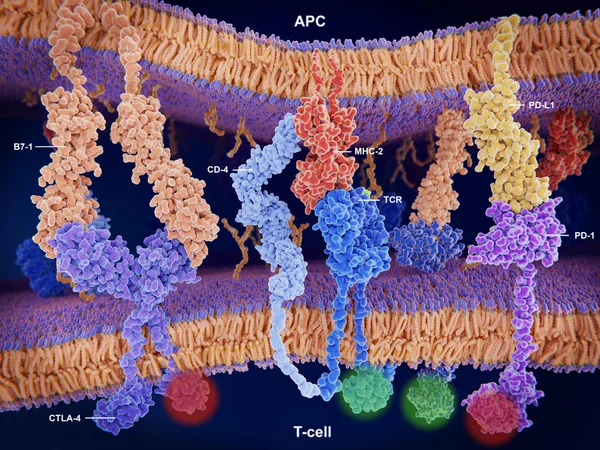
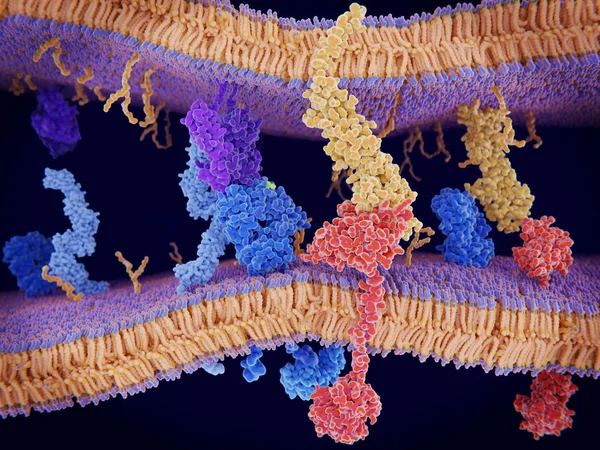
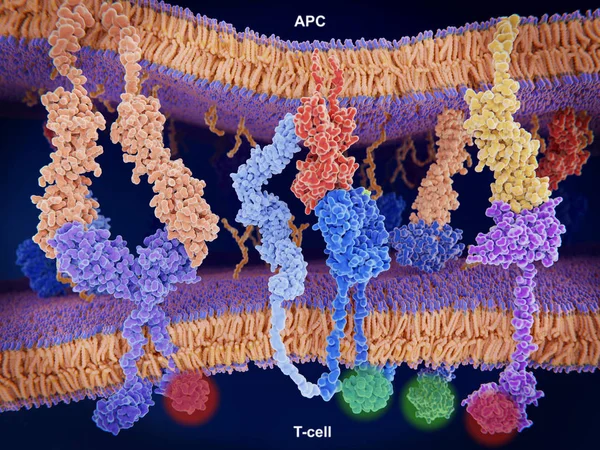
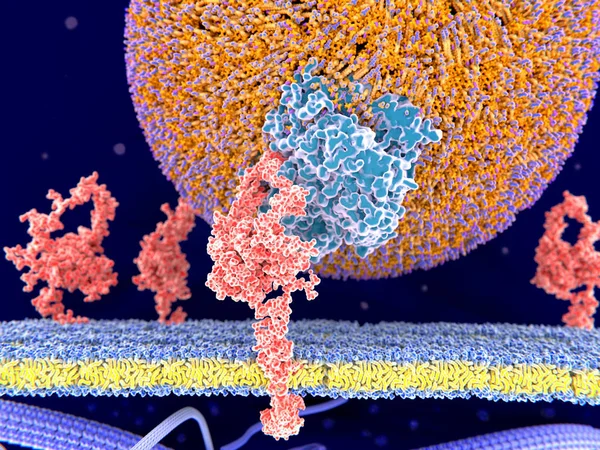
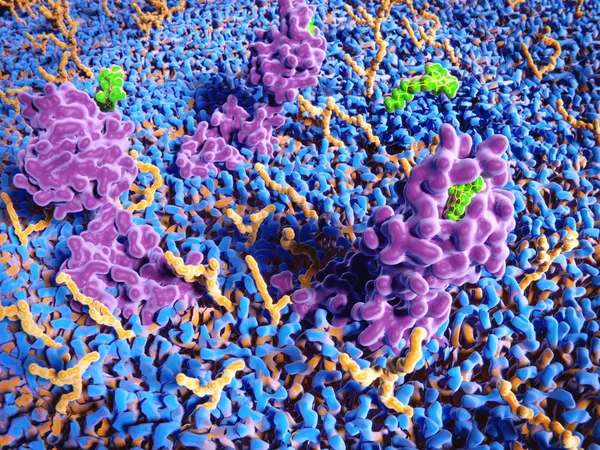
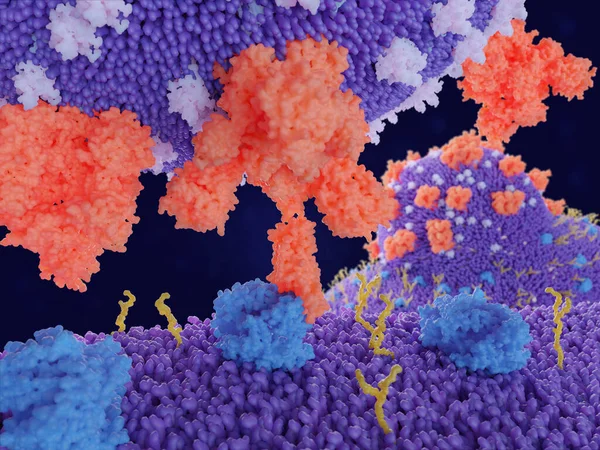
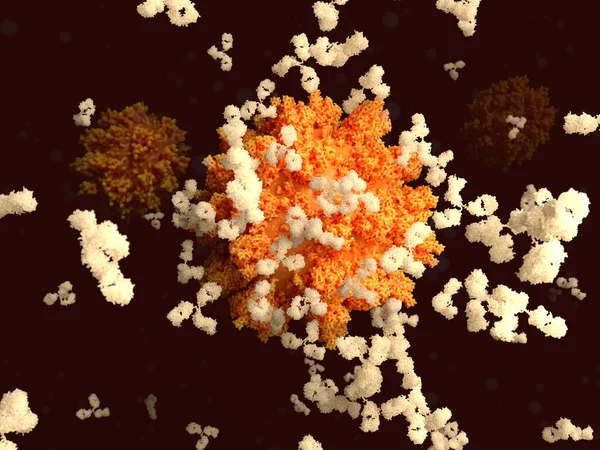
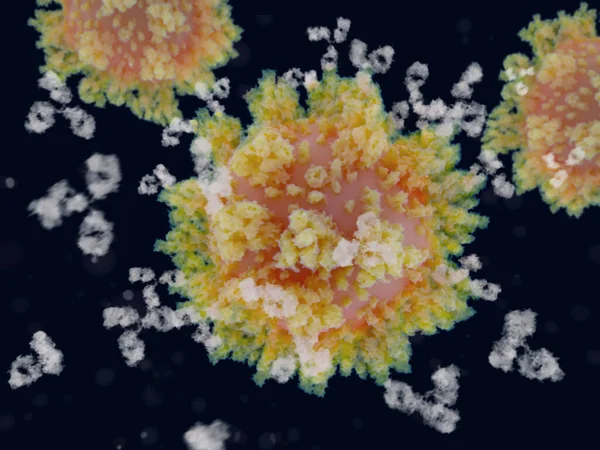
Usage Information
You can use this royalty-free photo "Antibodies binding to the influenza virus surface. Illustration" for personal and commercial purposes according to the Standard or Extended License. The Standard License covers most use cases, including advertising, UI designs, and product packaging, and allows up to 500,000 print copies. The Extended License permits all use cases under the Standard License with unlimited print rights and allows you to use the downloaded stock images for merchandise, product resale, or free distribution.
You can buy this stock photo and download it in high resolution up to 8000x6000. Upload Date: Mar 14, 2019
